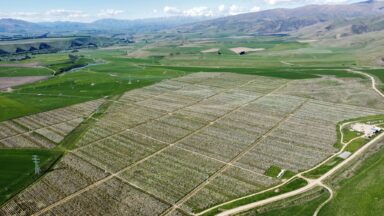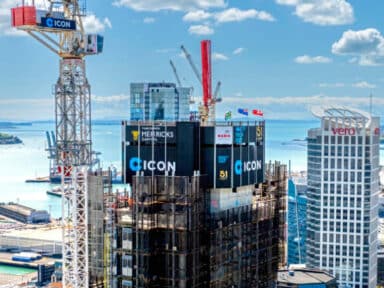Australia’s ports handle ~99% of import and export trade volumes, underpinning nearly A$650 billion of annual commerce (Port Australia), yet investment has not kept pace with demand. Private credit’s ability to take an asset-focused approach, deploy an unlevered balance sheet, and manage project complexity creates a clear opportunity to fund port infrastructure. With global supply chains becoming more localised and approval timelines for new port capacity stretching 5–10 years, the dynamics supporting this opportunity are robust.
Why we like ports within the infrastructure universe:
- The value of underlying assets will benefit from a declining interest rate environment.
- Structural demand, constrained supply. Global freight volumes remain strong, with UNCTAD projecting 2.4% average annual growth in seaborne trade through 2029, driven by Asia-Pacific demand and longer shipping routes.
- Specialist assets that require bespoke capital solutions. Regional port infrastructure largely sits below the radar of global infrastructure funds due to its mid-market investment size (~$150-300m) but is vital to Australia’s export task, offering real asset security, structural demand for offtake, and meaningful equity first loss.
- Defensive, inflation-linked cashflows. Hard asset backing, take-or-pay and throughput tariffs, and CPI linkage provide predictable servicing capacity and strong downside protection. This ultimately provides owners of the asset inflation protection and makes for predictable servicing capacity with contracted throughput.
- Our approach since 2021 has been to hold senior debt exposure to Australian ports through our two flagship strategies, with positions representing 7% of the Merricks Capital Partners Fund and 9% of the Merricks Capital Agriculture Credit Fund as at July 2025. Current portfolio exposure:
-
- T-Ports (Eyre Peninsula, South Australia): Operational since 2020. We financed the business in 2021 at a 40% LVR/LTC and expect to generate a net IRR of ~10% on repayment in 1H 2026.
- Kimberley Marine Support Base (Broome): An 11,500-tonne floating wharf, now effectively complete and commencing operations mid-September. The port will enable 24/7, all-tide oversize and defence-linked cargo including cruise ships. The owner has indicated strong forward throughput, with the investment forecast to deliver a net IRR of 12%.
We continue to see a significant pipeline (~A$750m) in mid-market infrastructure. Investments such as T-Ports and KMSB demonstrate both the defensive qualities of ports and the funding gap private credit can fill. Looking ahead, our macro-driven allocation will weight further toward infrastructure, agriculture, and build-to-rent residential development, while reducing exposure to office and the highly competitive build-to-sell apartment sector.



